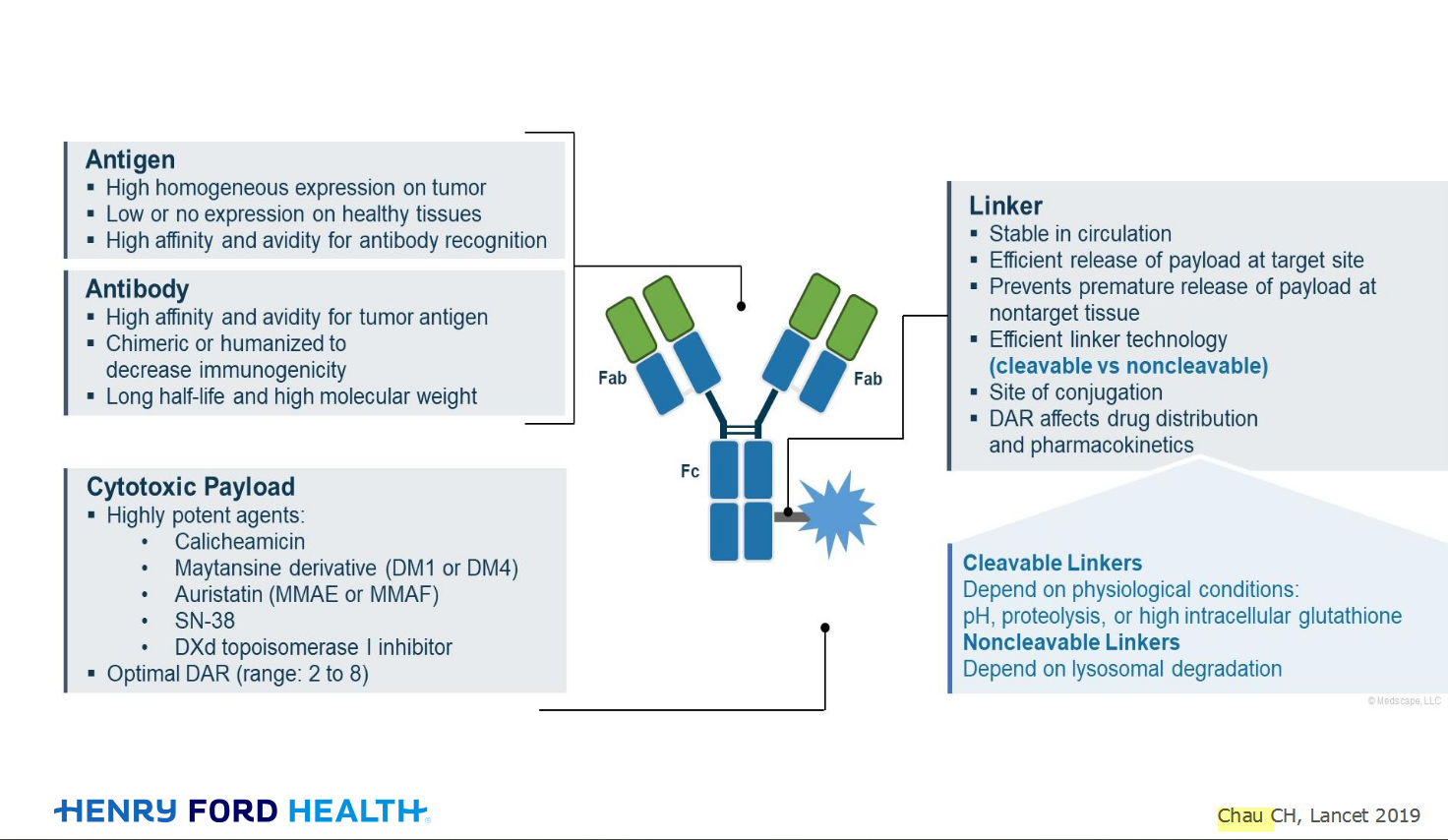Welcome!
Welcome to the new CancerGRACE.org! Explore our fresh look and improved features—take a quick tour to see what’s new.

Transcript
These are specific questions for radiation oncology — we do tend to think about these things quite a bit. V20 is a metric we use for the normal lung tissue dose, so when we generate a radiation therapy plan, we typically contour out what normal lungs are, right and left, we subtract the tumor volume, and we call that total lung minus tumor volume, and we look at how much of that lung volume receives 20 Gy, and we like for that percentage to be less than 35% or so, because that’s been shown in patients who have a V20 below 35% have a much lower rate of radiation pneumonitis; so, that’s a metric we use. There are other metrics for that, one could look at V25 Gy, one can look at mean lung dose — there are various parameters, but V20 tends to be a good thing to look at, and that’s what we’ve used in our trials.
Now, naturally, the larger the tumor, the harder it is to achieve a V20 below 35%. Likewise, the more central a tumor, the closer it is to the hilum, the harder it is to achieve a V20 of 35%. We showed a paper yesterday, from the RTOG 0617 manuscript, where IMRT reduced lung V20 and reduced the rate of radiation pneumonitis complications in that patient population. In 0617, approximately half of the patients received IMRT, and half the patients received 3D conformal radiation therapy, and that was a stratified variable, so it was a good venue to compare the two. IMRT looks like it reduces normal lung dose, is able to deliver dose to the tumor, and reduce normal tissue toxicity.
Why does radiation dose matter? Well, this is a curative patient population, patients with Stage III or node positive disease. You can achieve a cure rate in about 25% of these patients, and one can’t achieve a cure if you don’t eradicate the local tumor. Systemic therapy is unable to do that, radiation therapy is able to do that. Studies have shown that higher doses of radiation therapy matter — the higher the dose, the greater your cell kill.
The problem comes into play when your high dose exceeds normal tissue toxicity effects. That can be a bad thing, and has shown to be a bad thing in 0617. More conformal techniques – we’re testing protons today, because protons can avoid normal tissue toxicity. We’re trying to escalate radiation dose with protons in a current phase three trial randomized called RTOG 1308. Patients are able to receive 70 Gy of chemoradiation therapy with proton beam, versus IMRT, to see if proton beam reduces normal tissue dose and perhaps improves survival.
Why does field size matter? Field size matters because you’re trying to limit your normal tissue toxicities, so you don’t want to over-treat the lung tissue, or the heart tissue, and so, the smaller the field size, the better. That correlates with how small the tumor is — the smaller the tumor, the better. That’s a pretty standard thought process.
What do you do with large tumors? You do the best you can. You treat at least to 60 Gy, use the most sophisticated techniques you can. IMRT is a good venue to try to reduce normal lung tissue doses by choosing the beam angles and beam weights to try to achieve a V20 less than 35%, and try to limit your heart V40 as much as possible.
Please feel free to offer comments and raise questions in our
discussion forums.
Hi app.92, Welcome to Grace. I'm sorry this is late getting to you. And more sorry your mum is going through this. It's possible this isn't a pancoast tumor even though...
A Brief Tornado. I love the analogy Dr. Antonoff gave us to describe her presentation. I felt it earlier too and am looking forward to going back for deeper dive.
Dr. Singhi's reprise on appropriate treatment, "Right patient, right time, right team".
While Dr. Ryckman described radiation oncology as "the perfect blend of nerd skills and empathy".
I hope any...
My understanding of ADCs is very basic. I plan to study Dr. Rous’ discussion to broaden that understanding.

Here's the webinar on YouTube. It begins with the agenda. Note the link is a playlist, which will be populated with shorts from the webinar on specific topics
An antibody–drug conjugate (ADC) works a bit like a Trojan horse. It has three main components:

Welcome to the new CancerGRACE.org! Explore our fresh look and improved features—take a quick tour to see what’s new.